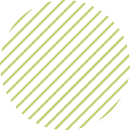
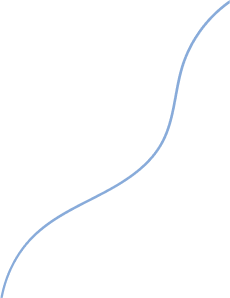
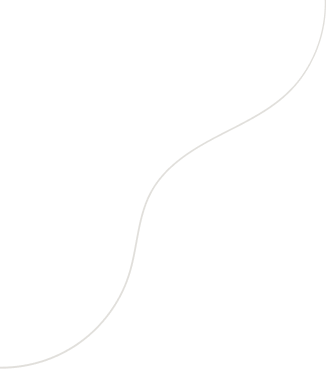

Calcific tendinits & Loose Bodies
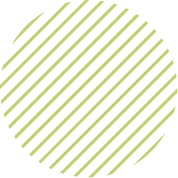
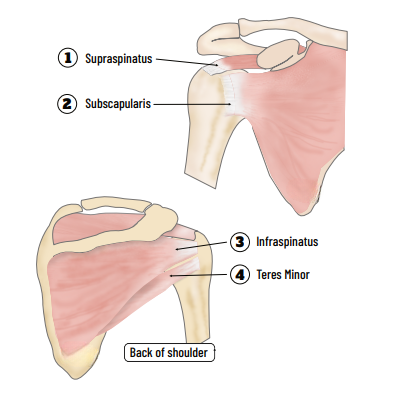

Calcific tendinits & Loose Bodies
Shoulder pain is a commonly affects middle aged and elderly and could be due to many causes. Shoulder pain should be differentiated from neck pain radiating to shoulder and referred pain from other parts of body like gall bladder or heart.
The typical shoulder pain is felt only upto elbow (does not cross to forearm) and is typically worse on lying on the same shoulder and with overhead activities.
Calcific tendinits & Loose Bodies Causes
The Shoulder is a ball and socket joint, covered by capsule and ligaments that provide stability. The ball is surrounded by a group of 4 muscle- tendons, collectively called the Rotator cuff. The cuff stabilizes the shoulder, rotates the arm and raises the arm. The cuff tendons lie under a bone called acromion, separated by lubricating sac – bursa
Shoulder pain arises, when these tendons are torn, abnormally rub against the bone ( impingement) or if the lubricating bursa is inflamed (bursitis). The capsule itself can get inflamed and contracted producing a stiff & painful condition called frozen shoulder. The moving surfaces of the joints get eroded with age or injury resulting in arthritis. The collar bone joint (AC joint) can result in pain when its become worn out. Pain could also come from calcific depositis in the tendon, irritation of the biceps tendon among other causes.




Calcific tendinitis
Calcific deposits in the tendon can result in acute severe pain. The diagnosis is made by x-rays and ultrasound scan. In early stages, ultrasound guided needling and aspiration is done. Severe pain, large lesions and chronic recurrent cases may need arthroscopic debridement.
Loose bodies
Shoulder pain can occasionally be caused by loose bodies. They could arise from trauma, arthritis or a condition called synovial chondromatosis. Treatment involves arthroscopy and loose body removal.
